How Long Do Tires Last?
Whether you're a new car owner or a seasoned driver, understanding tire lifespan is essential for safety and budget planning. This guide covers everything you need to know about how long tires typically last, factors affecting their durability, and how to maximize their lifespan.
As automotive equipment specialists with decades of experience in the tire industry, we've seen firsthand how proper tire maintenance impacts vehicle performance and safety. By the end of this article, you'll understand exactly when to replace your tires and how to extend their useful life.
How Long Do Tires Typically Last?
The average passenger car tire is designed to last between 40,000 and 60,000 miles under normal driving conditions. However, this range can vary significantly based on several factors.
In terms of years, industry experts generally recommend replacing tires every 6 years, regardless of tread depth. This timeline accounts for rubber degradation that occurs naturally over time.
Different Types of Tires Have Varying Lifespans
Not all tires are created equal when it comes to longevity:
All-season tires offer the best balance of performance and durability, typically lasting 50,000-70,000 miles when properly maintained.
Performance tires, with their softer rubber compounds designed for grip and handling, often wear out faster—usually between 30,000-40,000 miles.
Off-road tires face harsh conditions and aggressive tread patterns that can reduce their lifespan to 40,000 miles or less, depending on how frequently they're used in off-road environments.
Winter tires use specialized rubber compounds that remain flexible in cold temperatures but wear more quickly on warm, dry pavement. They typically last 3-4 seasons if used only during winter months.
The composition and design of each tire type directly affects its durability. Harder rubber compounds last longer but provide less grip, while deeper tread patterns offer more durability at the expense of road noise and fuel efficiency.
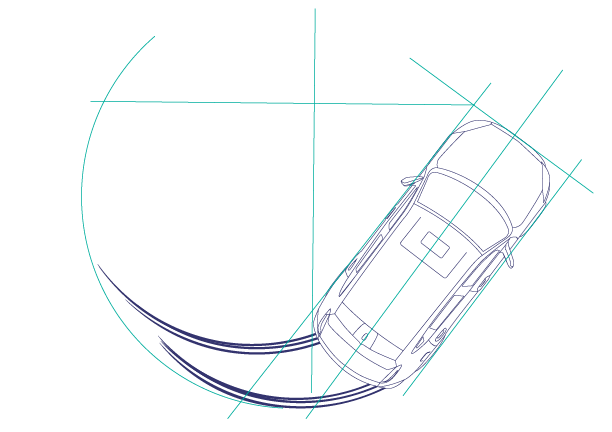
Factors That Affect Tire Lifespan
Driving Habits
Your driving style has a significant impact on how quickly tires wear out.
Aggressive acceleration and hard braking can reduce tire life by as much as 30% and each time you slam on your brakes, you leave a small layer of rubber on the road. High-speed driving generates more heat in your tires, which accelerates wear and can lead to premature failure.
Sharp turns and cornering at high speeds also puts excessive stress on tire sidewalls and can cause uneven wear patterns. Frequent stop-and-go traffic causes more wear than steady highway driving, as each acceleration and deceleration cycle stresses the tire tread.
Electric vehicles tend to experience accelerated tire wear compared to traditional combustion engine vehicles due to their instant torque delivery. The immediate power available in EVs often results in harder accelerations, putting additional stress on tire treads during everyday driving. This characteristic of electric vehicles may require owners to replace tires up to 20% more frequently than they would on comparable gas-powered cars.
External Factors
Even with careful driving, environmental conditions and maintenance issues can shorten tire life.
Road conditions play a major role in tire wear. Rough, potholed roads cause more rapid deterioration than smooth highways. Climate and temperature changes affect tire pressure and rubber flexibility. Extreme heat accelerates aging, while cold weather can cause rubber to harden and crack.
Improper inflation is the most common cause of premature tire wear. Underinflated tires flex more, generating excessive heat and causing faster wear along the edges. Overinflated tires wear more quickly in the center of the tread. Misalignment causes uneven tire wear, with one side of the tire wearing faster than the other. This can reduce tire life by thousands of miles.
Vehicle type can also impact how long your tires last, especially with electric vehicles (EVs). When driven according to manufacturer recommendations with gradual acceleration, EVs experience normal tire wear patterns. However, drivers who frequently use the instant torque capabilities of electric motors may experience up to 20% greater tire wear compared to conventional vehicles. This happens because the immediate power delivery of electric motors places additional stress on tire treads during rapid acceleration.
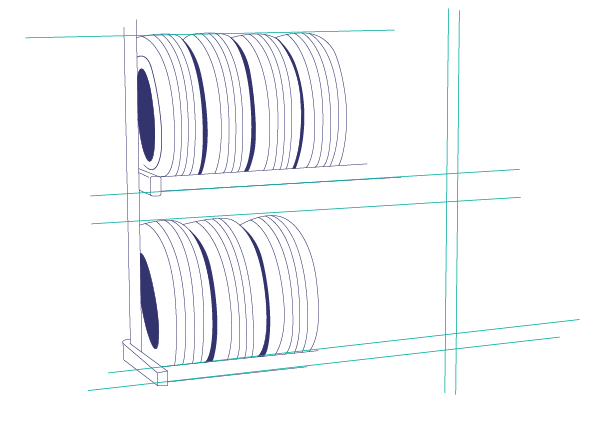
Do Tires Age Even If They're Not Used?
Yes, tires deteriorate even when they're not on the road. This is an important consideration for:
-
Spare tires that may sit in your trunk for years
-
Seasonal tires in storage (like winter tires during summer months)
-
RV tires that may not accumulate many miles but age with time
-
Classic car tires that see limited use
The difference between worn-out and aged tires is important to understand. Worn tires have reduced tread depth from driving, while aged tires have experienced chemical changes in the rubber regardless of tread depth.
Environmental factors contribute significantly to tire aging:
-
UV light breaks down rubber compounds over time, causing cracking and deterioration.
-
Temperature fluctuations cause the rubber to expand and contract, weakening its structure.
-
Humidity levels affect how quickly rubber dries out and cracks.
-
Ozone in the air reacts with rubber, causing it to become brittle.
Most tire manufacturers recommend replacing tires after 6-10 years from the date of manufacture, even if they still have adequate tread depth. This recommendation reflects the natural aging process that all rubber products undergo.
Signs That Your Tires Need to Be Replaced
Visual and Physical Indicators
Regular inspection of your tires can reveal warning signs before they become dangerous:
-
Tread depth below 2/32 of an inch indicates legally worn tires. Most tires have built-in tread wear indicators—raised bars that appear when tread reaches this minimum depth.
-
Cracks in the sidewall indicate rubber degradation from age or exposure to harsh elements.
-
Sidewall bulges or blisters suggest structural damage that could lead to a blowout.
-
Uneven wear patterns often signal problems with alignment, inflation, or suspension components.
Performance-Related Warning Signs
Changes in vehicle performance can also indicate tire problems:
-
Vibration or wobbling at certain speeds often indicates tire damage or imbalance.
-
Poor handling, especially in wet conditions, suggests reduced tread depth or hardened rubber.
-
Increased braking distance is a serious safety concern that may indicate worn tread.
-
Reduced fuel efficiency can result from underinflated tires or excessive rolling resistance from worn tires.
How to Make Your Tires Last Longer
Essential Maintenance Practices
Proactive maintenance can significantly extend tire life. Regular tire rotation every 5,000-7,500 miles ensures even wear across all four tires. You should have your wheel alignment checked annually or whenever you notice your vehicle pulling to one side. Balancing your tires prevents vibration and uneven wear, especially after hitting potholes or curbs. Maintaining proper tire pressure is the single most effective way to extend tire life, so check your pressure monthly and before long trips.
Driving Practices
How you drive affects how long your tires last. Driving at moderate speeds not only saves fuel but also reduces heat buildup in tires. Using smooth acceleration and gentle braking preserves tread life. Avoiding potholes, curbs, and road debris prevents impact damage to your tires. Reducing vehicle load when possible puts less stress on tires and extends their lifespan.
Proper Storage and Seasonal Care
For tires not in use, proper storage is essential. You should store tires in a cool, dry place away from direct sunlight and heat sources. Keep tires off the ground on racks or mounted on wheels to prevent flat spots from developing. Clean tires before storage to remove brake dust and road grime that can damage the rubber. Consider using tire covers to protect against UV exposure, which can accelerate aging. A professional inspection annually can identify problems before they lead to tire failure or unsafe conditions.
Conclusion
Tires typically last between 50,000-70,000 miles or about 6 years, depending on driving habits, maintenance, and environmental factors. Regardless of mileage, most manufacturers recommend replacement after 6-10 years due to natural rubber degradation.
Regular inspection and maintenance are essential for maximizing tire life and ensuring safety. By following the recommendations in this guide, you can get the most value from your tires while maintaining optimal vehicle performance and safety.
Remember that when it comes to tires, investing in quality products and proper maintenance isn't just about saving money—it's about ensuring the safety of everyone in your vehicle and others on the road.
How Alignment Services Increase Customer Retention for Tire Shops
The ROI of 3D Wheel Alignment Systems
Hands-On Innovation: How EZ-Toe™ Simplifies Toe Adjustments
Wheel Alignment: A Complete Guide
How to Choose the Best Tire Machine for Your Shop
Symmetric vs Asymmetric Lift: The Key Differences Every Shop Should Know
How to Use a Tire Machine: A Step-by-Step Guide for Safe Operation


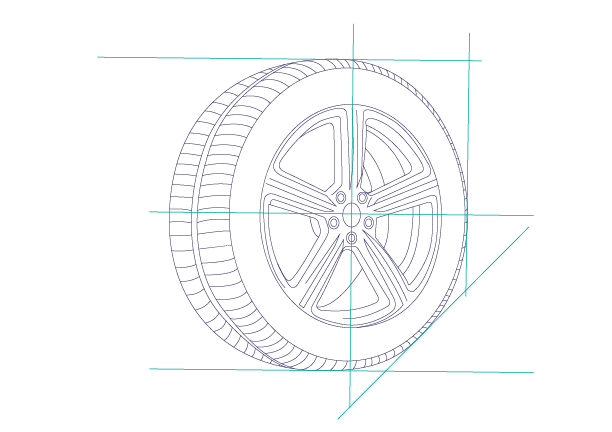
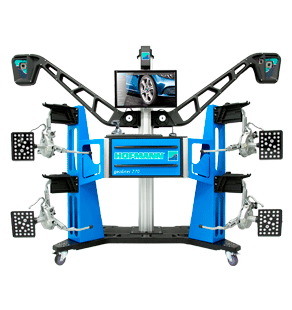 Wheel Aligners
Wheel Aligners
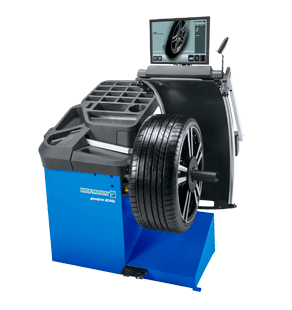 Wheel Balancers
Wheel Balancers
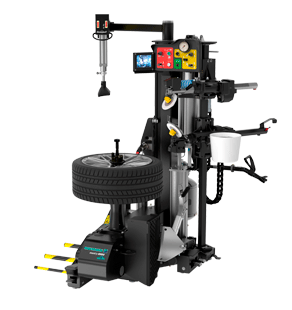 Tire Changers
Tire Changers
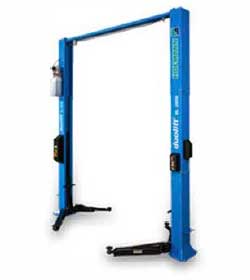 Lifts
Lifts



